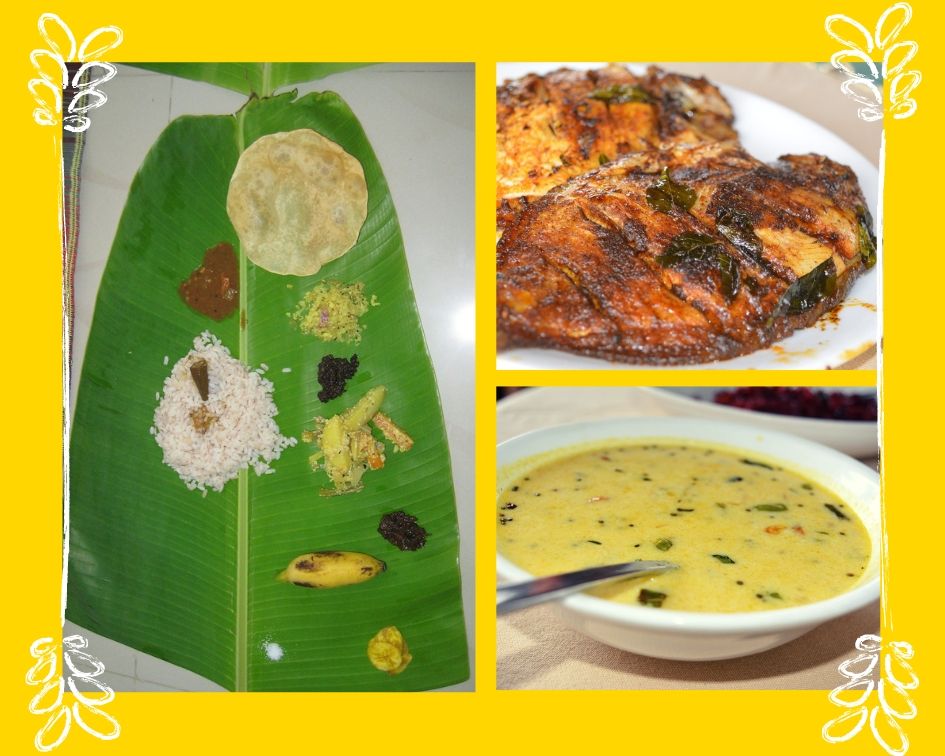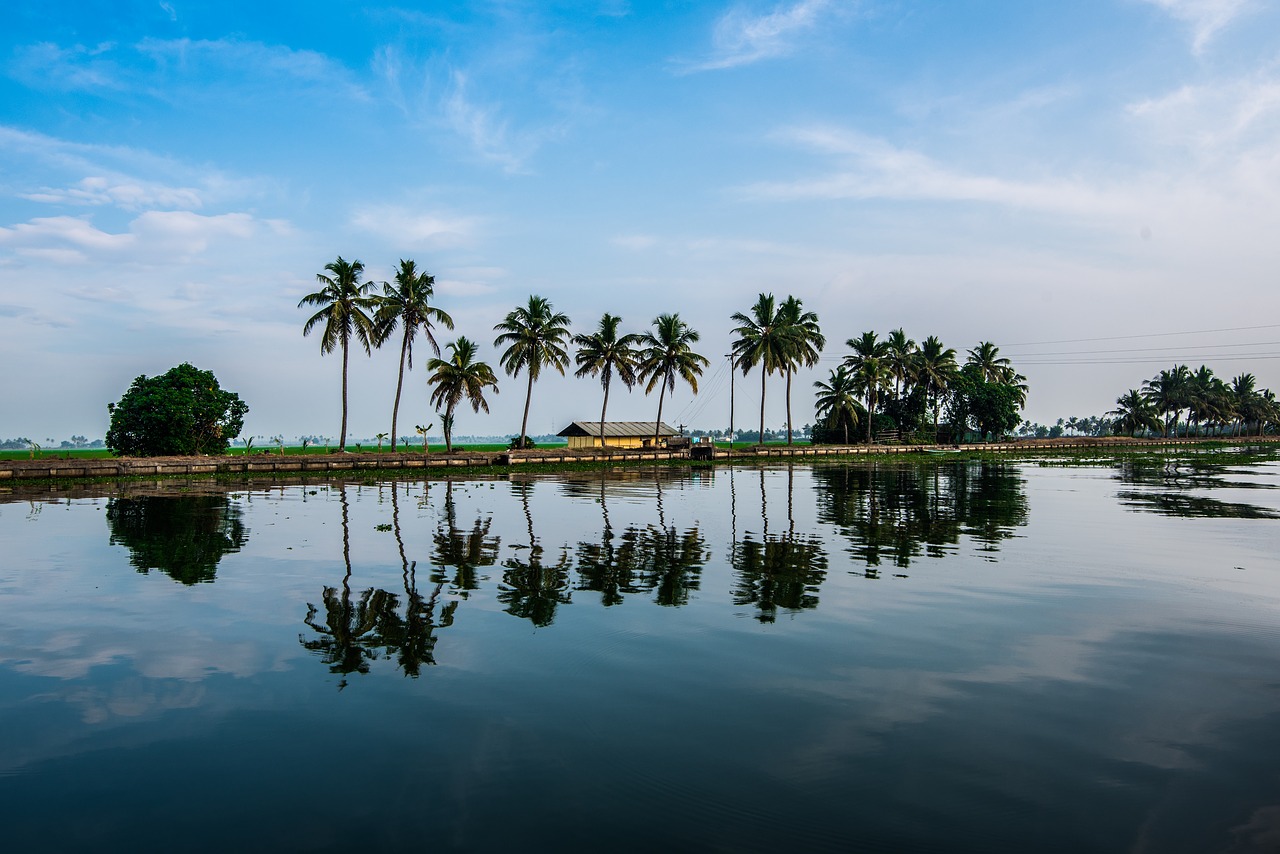Sweaty June afternoons in hot and humid Kerala often towed along hours of idleness. Sitting in the palatial verandah of my paternal grandmother’s house in the small town of Payannur, we would often find ourselves in the grasp of a satisfying summer siesta when the sizzle and aroma of the naimeen (seer fish) and karimeen (pearl spot fish) would gently tease our nose.
Now awake and grumpy, we would be aching for the feast that my grandma would have painstakingly prepared for us. As a trademark Keralite meal, she would make sure that staples like coconut and curry leaves imprint their mark on everything that hits the stove. Lunch was an elaborate affair at grandma’s. At least two types of coconut-based curries, coconut-based cabbage or beans thoren (dried vegetable side), sour curd puluseri, red rice puffed up to a nice obtuse size, tangy hot instant mango pickles and dishes of fish, chemmeen (prawns) or chicken would be heaped onto one’s plate.
There is a slightly aggressive bent to the cuisine much like the untameable coastal waves of God’s Own Country. The delectable dishes are almost coated with fire and leaves the dining table engulfed with heavy gulps of water. But that is the experience of home-cooking in Kerala. Never to be replicated anywhere. Invaluable.
Our very first lessons as tiny humans revolve around food and the importance of self-reliance. The first independent morsel is highly cherished and marks the initiation of the individual’s unique journey with food. Kerala packs a conundrum in its identity as a place for wellness retreat and meditation while its food conceals volatility of flavours ready to erupt layer by layer.
In a world where people crave change every nanosecond, it’s refreshing to find some things etched out in stone. There is a strange comfort in the fixedness of the cooking practise and even in the timing of food choices followed throughout the day in Kerala.
Morning meals are always greeted by rice-based delicacies of either puttu (rice cakes), idlis, dosais or appams (rice pancakes) served with sambaar (lentils with vegetables), mild coconut stew or a coconut based chammandi (chutney). For lunch, the menu has to pivot around rice, theeyal (coconut-based curry), thoren (vegetable side) and pappadums with choice of fish fry. Dinner is usually a lighter affair wherein people generally consume rice soup with instant mango pickle and pappadums.

The will to stay connected to nature in the state is seen in the serving of the famous sadhya (feast) on the green plantain leaves. The plantain leaves are valued highly as they are coated with a waxy substance called polyphenols which melts when in contact with hot food and imparts a special taste and aroma. This is another reason why Malayalis and Bengalis cook fish and other dishes in banana leaves.
The food served in the sadhya marks the constitution of the mortal human form comprising the vaata, pitta, kapha elements. The Yin and Yang of Kerala cuisine exists in the rigid devotion to maintain the balance between the acidic and alkaline components of food. So, if the left side of the leaf starts with the acidic inji puli (ginger pickle) or mango pickles, it ends in an alkaline sweet like the payasam.
As much as the sadhya is a culinary feat, it also fosters a cultural event in itself. Sadhya whose literal translation means ‘coming together of’ is often the binding glue in community events like birthday celebrations, weddings etc.
Food is like the mystic wise sage which hides the true way of living amid its flavours. Many cultures embed the learnings of food habits practised and pass it, generation to generation. As globalisation entrenches its tracks far and wide; and individuals hop on to their respective journeys to lands far from home, food preferences and habits accompany them like a loyal travel companion. Living in diaspora communities often means sustenance on two-minute noodles but eventually the quest for ‘authentic food from the homeland’ begins.
Recipes from one’s hometown carry the familiarity of the routine involved in the culinary process. And familiarity doesn’t necessarily have to breed boredom. From kimchi to sambaar, people’s craving for a certain type of dish emanates from the need to connect and relive the memories attached with the food. Food is among the very last remnants of culture that people part with and rightly so as any trip to nostalgia town shouldn’t be taken alone.


